Residential Foundation Repair is crucial for addressing structural integrity issues caused by soil settlement, hydrostatic pressure, and concrete drying. Advanced technology like sensors, monitoring systems, GPR, and thermal imaging cameras enable early detection of subtle movement and cracks, preventing severe damage like stuck doors and misaligned windows. Modern assessment techniques guide targeted repairs, saving homeowners from costly, frequent repairs while preserving historic homes' integrity. Avoiding common pitfalls, combining visual assessments with tech advancements, and embracing future innovations ensure optimal Residential Foundation Repair outcomes.
“Uncovering the intricacies of foundation movement is paramount in the realm of residential construction, as it directly impacts a structure’s longevity. This article delves into the art and science of detecting subtle shifts in foundations, exploring their causes and consequences. We weigh traditional methods against cutting-edge technology, providing insights on efficient foundation repair assessment. Through real-world case studies, we demonstrate successful projects fueled by data-driven decisions. Furthermore, we shed light on common pitfalls to avoid and glimpse into the future of residential foundation repair, highlighting innovative tools poised to revolutionize the industry.”
Understanding Foundation Movement: Causes and Effects in Residential Structures
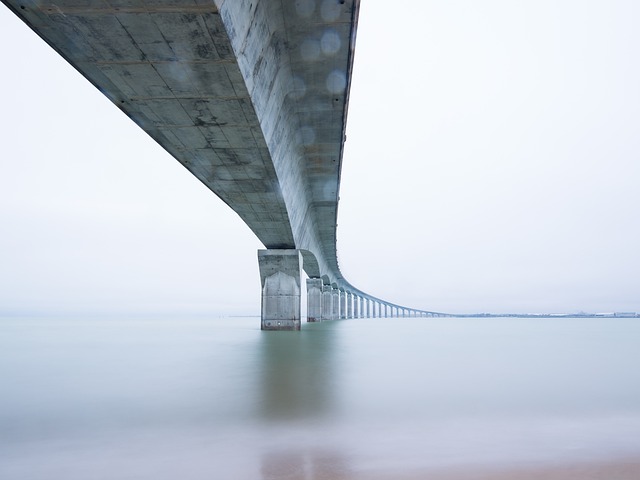
Foundation movement, a common concern for residential structures, refers to the shifting or deforming of a building’s foundation over time. This phenomenon can be attributed to various factors such as soil settlement, hydrostatic pressure from ground water, and uneven drying of concrete. In residential areas, these movements often result in noticeable cracks on walls, floors, and ceilings, leading to concerns about structural integrity.
The effects of foundation movement can range from minor cosmetic issues to significant structural damage. Cracks may appear as hairline fractures or widen over time, compromising the building’s stability. In severe cases, uneven settling can cause doors and windows to stick or misalign, impacting daily functionality. Addressing foundation movement early is crucial for preventing further deterioration, with professional Residential Foundation Repair techniques offering effective solutions to stabilize and secure the structure.
The Role of Technology in Advanced Foundation Movement Detection
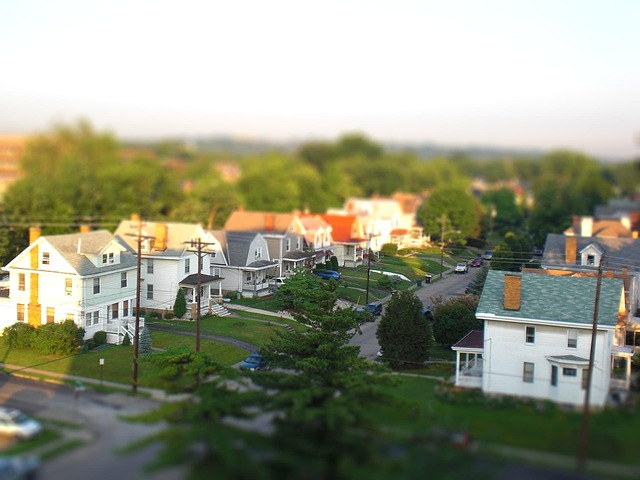
The advancement of technology has played a pivotal role in revolutionizing the field of residential foundation repair, particularly in detecting and understanding foundation movement. Modern tools and techniques enable professionals to assess and monitor the subtle shifts and cracks that may indicate underlying issues. One such game-changer is the implementation of advanced sensors and monitoring systems. These innovative devices can detect even the smallest movements, providing invaluable data for experts to analyze and diagnose problems early on. By continuously tracking foundation movement, contractors can proactively address concerns before they escalate into costly repairs.
In the realm of residential foundation repair, technology offers a more precise and efficient approach. Through remote monitoring and real-time data analysis, professionals can now identify patterns and anomalies with enhanced accuracy. This is particularly beneficial for complex cases where traditional methods might struggle to capture the extent of the problem. By utilizing cutting-edge tools, contractors can offer tailored solutions, ensuring the longevity and stability of structures, thus saving homeowners from frequent and costly repairs.
Traditional Methods vs. Modern Techniques for Foundation Repair Assessment
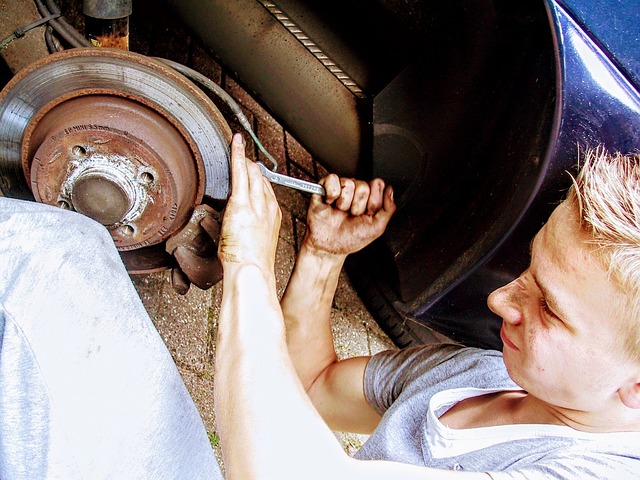
In the realm of residential foundation repair, assessment techniques have evolved significantly from traditional methods. Historically, evaluating a foundation’s stability and potential issues relied heavily on manual inspections and surface observations. This often involved professionals crawling around the perimeter of a building, examining cracks, tilting, or other visible signs of distress. While these methods provided some insights, they were limited in their ability to pinpoint precise problem areas and the extent of damage beneath the surface.
Modern techniques have revolutionized residential foundation repair assessment through advanced technologies and non-invasive strategies. Today, professionals employ tools like ground-penetrating radar (GPR) and thermal imaging cameras to visualize and map underground structures. GPR sends radio waves into the soil, creating detailed images of the substrate below, which helps identify voids, cracks, or anomalies in the foundation. Thermal imaging detects temperature variations, highlighting areas of moisture intrusion or structural instability. These modern approaches offer a more comprehensive, non-disruptive way to assess and diagnose foundation problems, guiding targeted repairs for optimal residential foundation repair outcomes.
Case Studies: Successful Foundation Repair Projects Using Movement Data
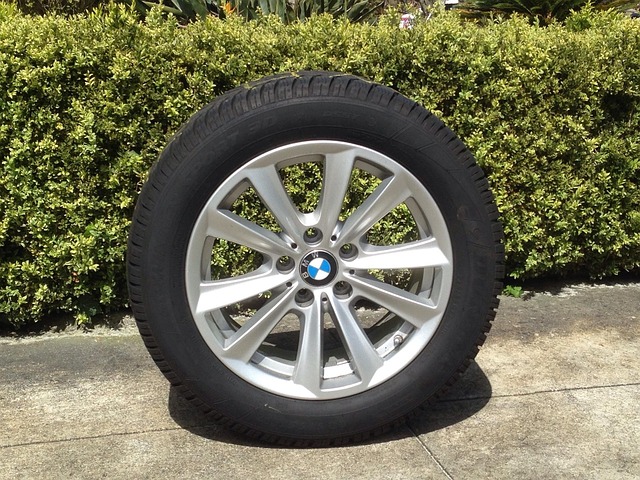
In the realm of residential foundation repair, leveraging movement data has emerged as a game-changer. Case studies across various regions highlight successful projects where advanced monitoring techniques have dramatically improved repair outcomes. For instance, in urban areas plagued by soil settlement and expansive clays, real-time movement data enabled contractors to pinpoint problematic areas before they progressed to severe cracks or uneven floors. This proactive approach has led to more precise and cost-effective repairs for homeowners.
Another compelling example involves historic homes with intricate architectural designs. By tracking subtle movements within the foundation, experts were able to implement targeted stabilization measures without disturbing the building’s original integrity. These interventions have not only secured the structures but also preserved their unique character, showcasing how movement data can merge preservation and repair in harmonious fashion.
Common Mistakes to Avoid During Foundation Movement Detection and Analysis

When performing foundation movement detection and analysis, especially in residential foundation repair scenarios, it’s crucial to steer clear of several common pitfalls. One major mistake is assuming that all movements are caused by structural issues. Environmental factors like temperature changes, soil moisture fluctuations, and even heavy rainfall can contribute to non-structural movements. Proper diagnostics requires ruling out these external influences first.
Another error is relying solely on visual inspection without complementary technology. While the naked eye can detect obvious shifts, advanced tools such as total stations, laser scanners, or ground-penetrating radar provide precise measurements and data, enabling a more comprehensive analysis. Neglecting to interpret these data accurately can lead to misdiagnoses and ineffective repair strategies, underlining the importance of combining visual assessment with technological advancements in residential foundation repair.
Future Trends: Enhancing Residential Foundation Repair with Innovative Tools
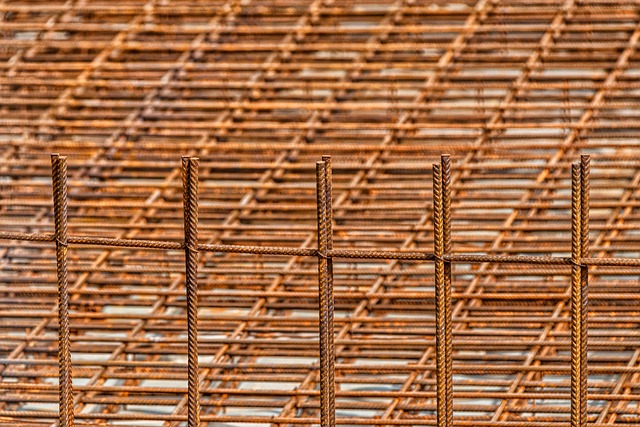
The future of residential foundation repair is looking bright with the integration of innovative tools and technologies. One prominent trend is the adoption of advanced sensors and monitoring systems that can detect even the slightest movements or shifts in a structure’s foundation. These smart sensors, strategically placed around the perimeter, provide real-time data on ground stability, helping professionals predict potential issues before they become costly repairs.
Additionally, automation and robotics are expected to play a significant role. Robotic equipment can enhance precision during repair processes, ensuring more accurate and consistent outcomes. With these cutting-edge tools, the industry is poised to offer faster, more efficient, and effective residential foundation repair services, ultimately improving the longevity and stability of homes across various regions.
